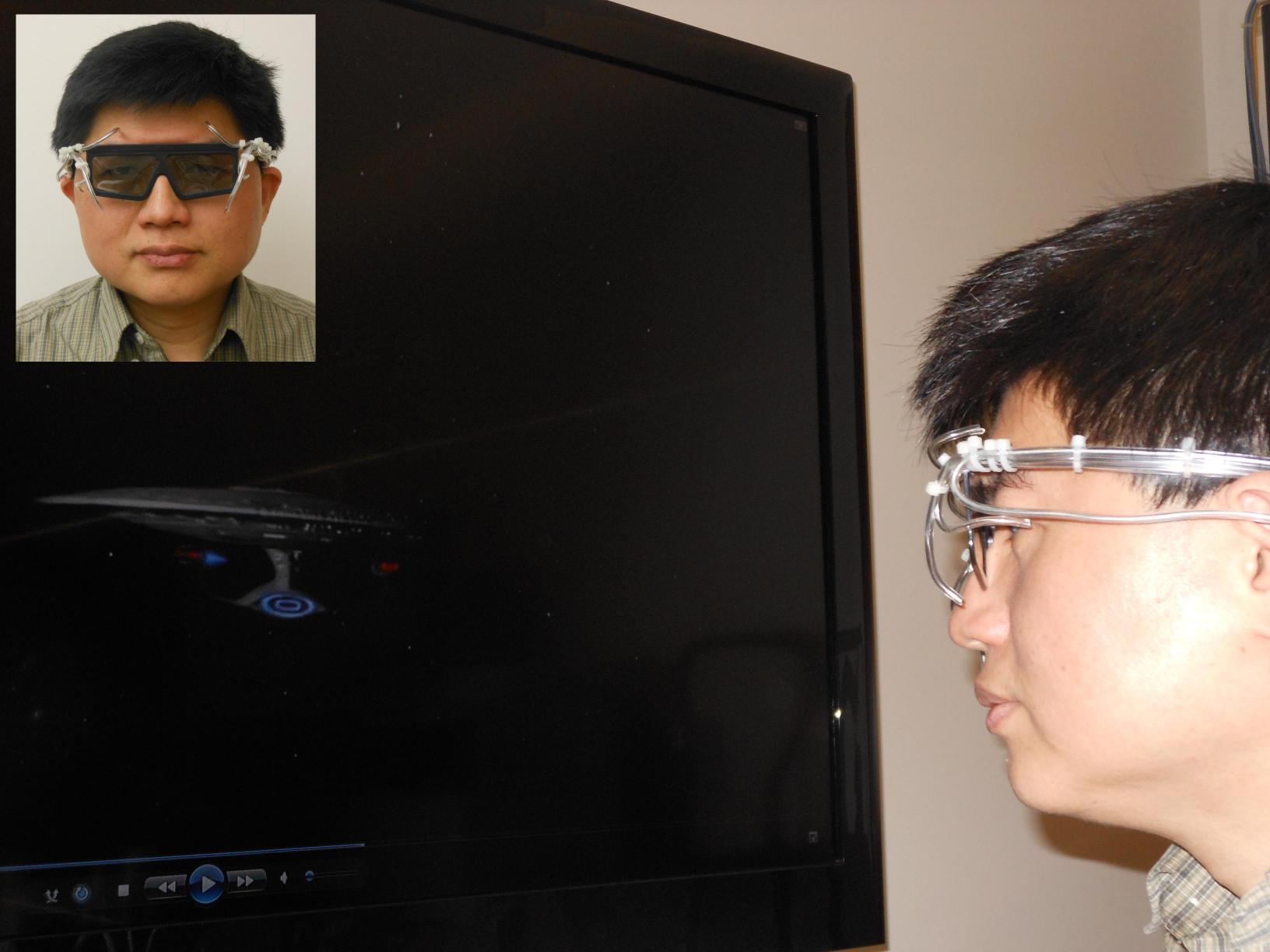By Warren Miller, contributing writer
3D movies used to be a novelty, but over the last decade or so, they’ve become ubiquitous in theaters across the country (and the world). Nearly every blockbuster movie released in theaters can be seen in 3D nowadays, which begs the question: What’s the next frontier in cinematic innovation? The answer is almost too simple to be taken seriously: four-dimensional movies. A collaborative endeavor between researchers at UC San Diego and San Diego State University has produced what are being termed “4D goggles,” which not only allow viewers to see three-dimensional objects jump out of movie screens but actually “touch” them as well.
Realistically, the images don’t actually touch the moviegoer, but rather, the goggles emit small puffs of air (like the ones that optometrists shoot into your eye during an eye exam) when a three-dimensional image approaches the viewer. Imagine a jet airplane flying in front of your eyes and feeling a quick burst of air against your cheek, almost as if you’re feeling the wake of a plane’s jet engines as it flies by. When the image and the burst of air are synchronized properly, the human brain experiences them as if they’re part of a single event, in the same way that you might see, hear, and feel a car go by at high speed while you’re waiting to cross the street.

The 4D goggles in action. Image source: UC San Diego.
The researchers didn’t set out to change the movie-going experience; the goggles are the product of a series of experiments regarding the way that the brain perceives and processes multiple stimuli simultaneously. Curiously, when a three-dimensional image and a burst of air were introduced to a subject with perfect synchronicity (i.e., with a delay of no more than 100 milliseconds), the subject perceived the two stimuli to be out of sync. When the burst of air was delayed by between 800 and 1,000 milliseconds, the subject perceived the two events to be occurring simultaneously.
“We perceive and interact with the world around us through multiple senses in daily life,” said Ruey-Song Huang, a neuroscientist at UC San Diego and one of the researchers on the project. “Though an approaching object may generate visual, auditory, and tactile signals in an observer, these must be picked apart from the rest of the world, originally colorfully described by William James as a ‘blooming buzzing confusion.’ To detect and avoid impending threats, it is essential to integrate and analyze multisensory looming signals across space and time and to determine whether they originate from the same sources.”
While the conclusions from the research can certainly tell us a lot about the human brain, it’s easy to see the commercial value in a 4D viewing experience. Imagine “feeling” the Millennium Falcon fly by your head as you’re watching Star Wars or getting blown back in your seat by the force of an explosion in the latest installment of the Transformers franchise. Virtual reality developers have been attempting to incorporate similar technology into at-home entertainment systems for some time. Now, it could be coming soon to a theater near you.
Advertisement
Learn more about Electronic Products Magazine





